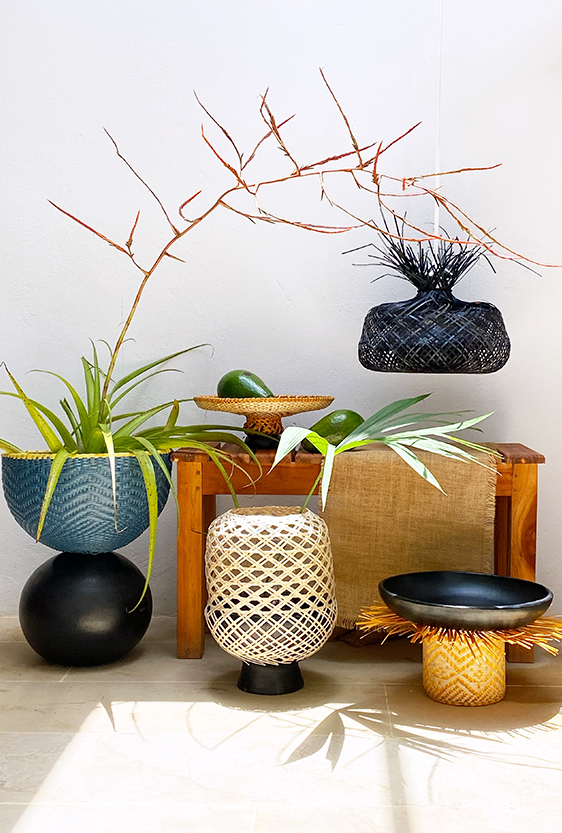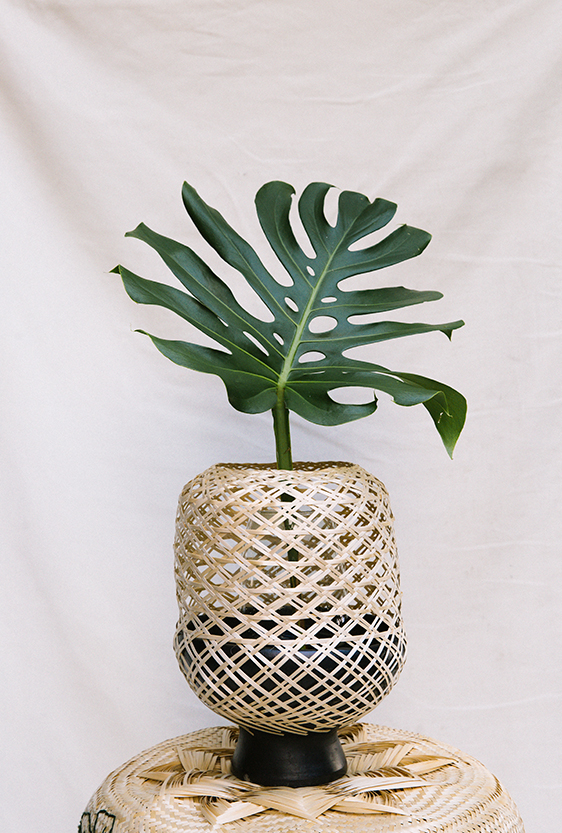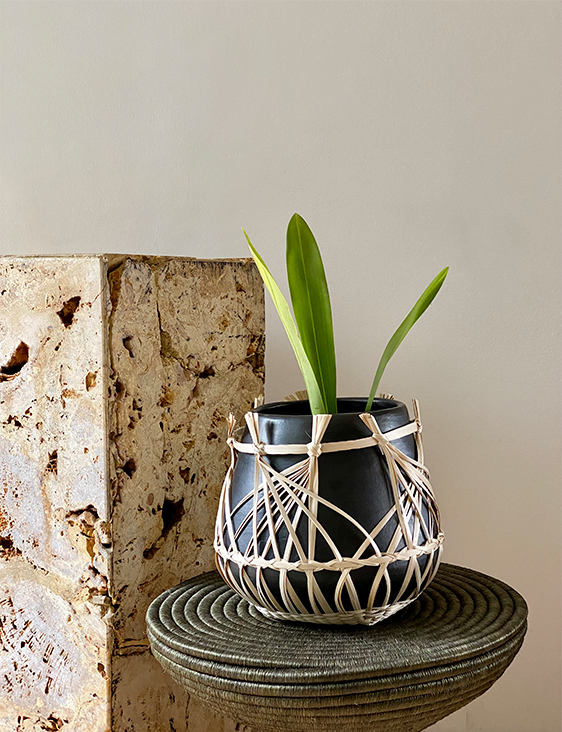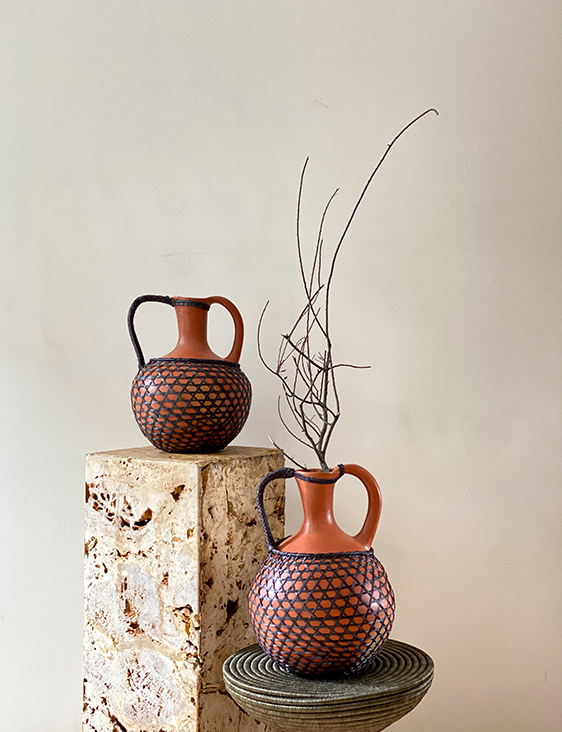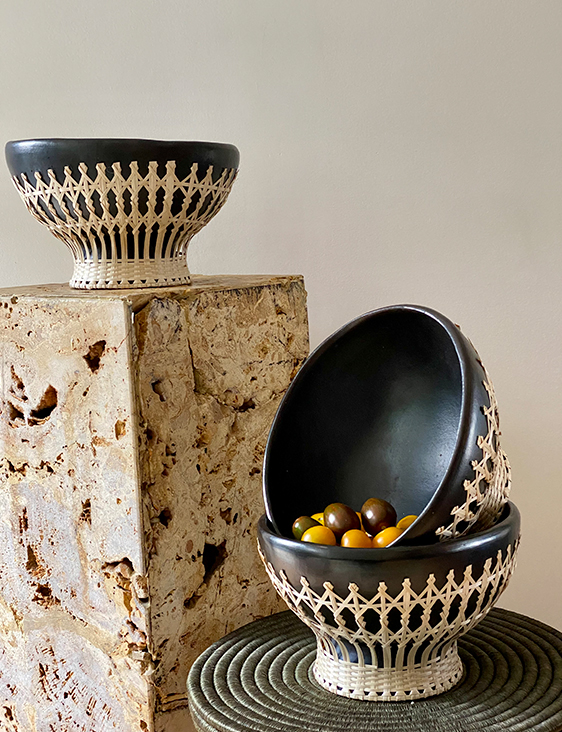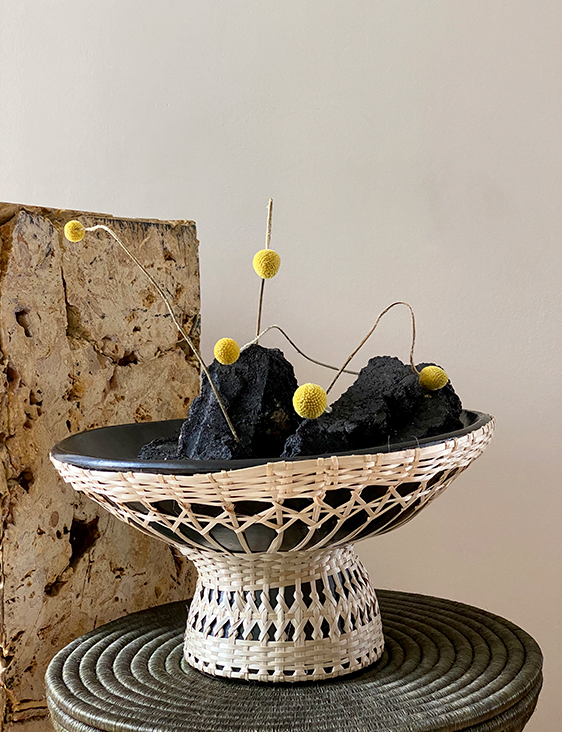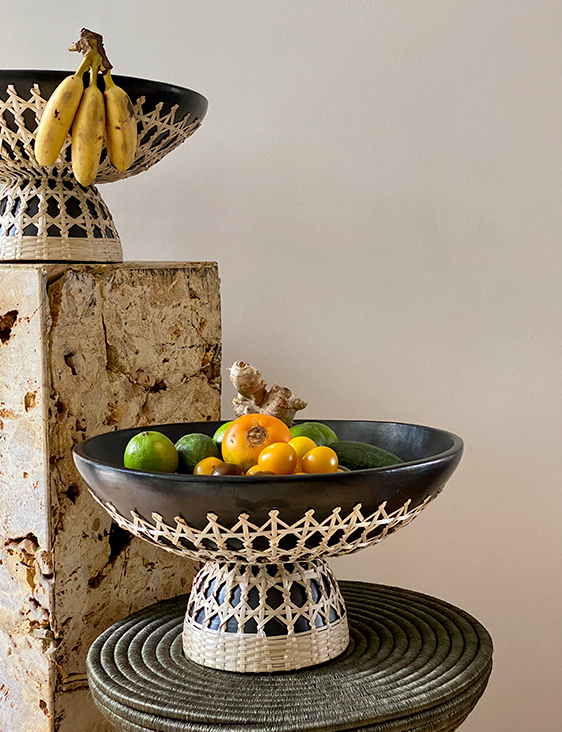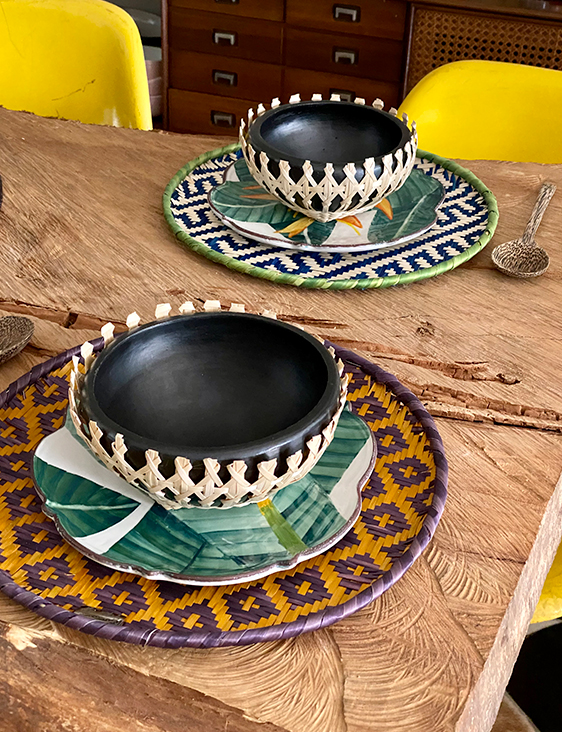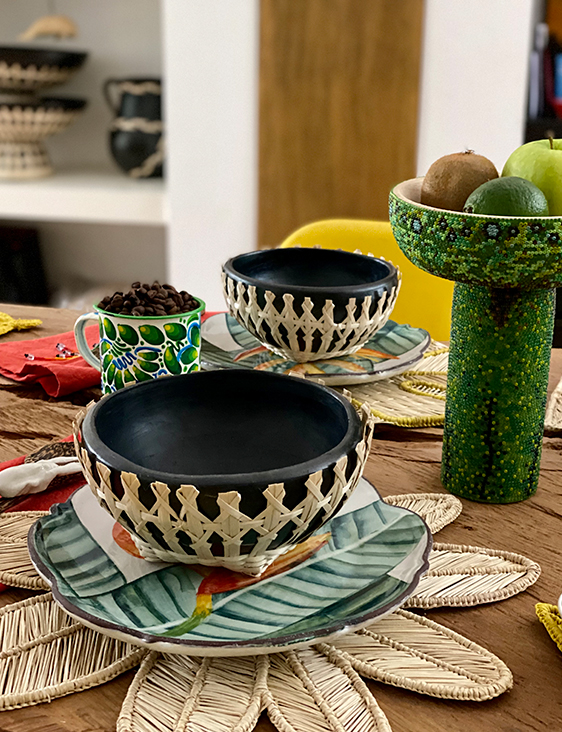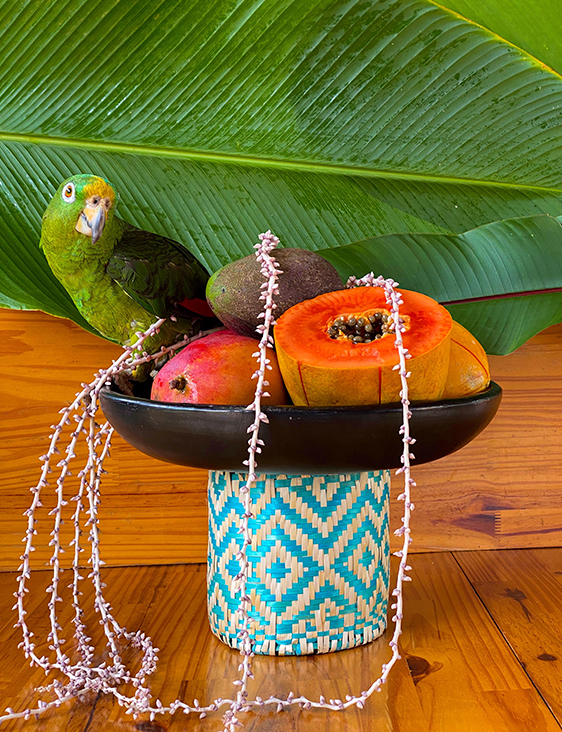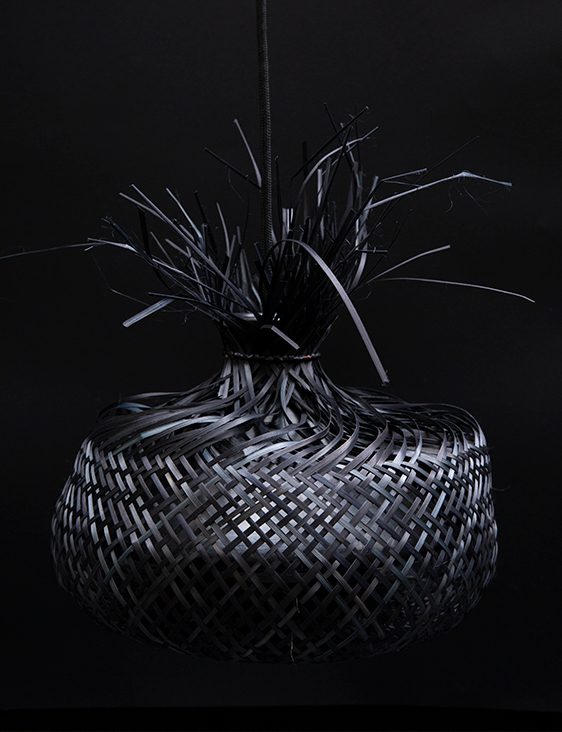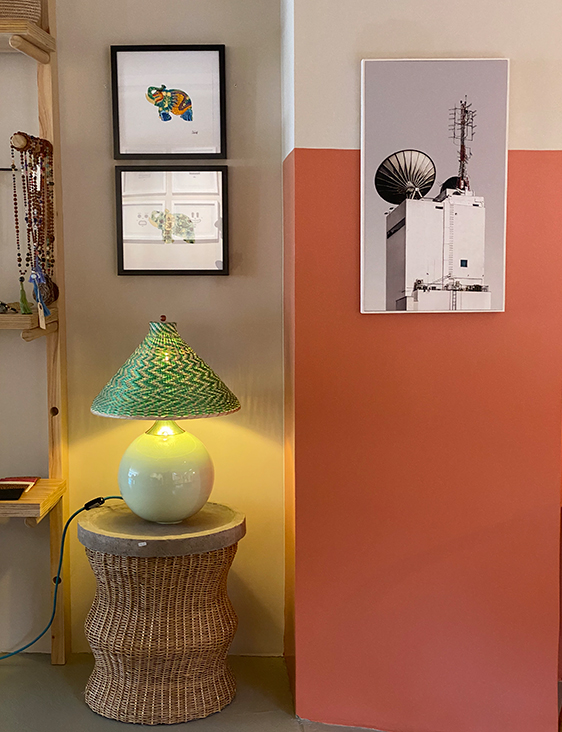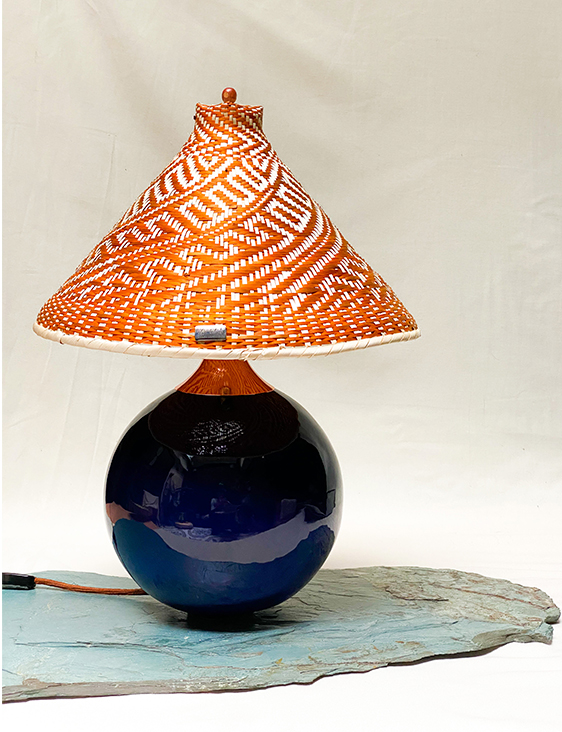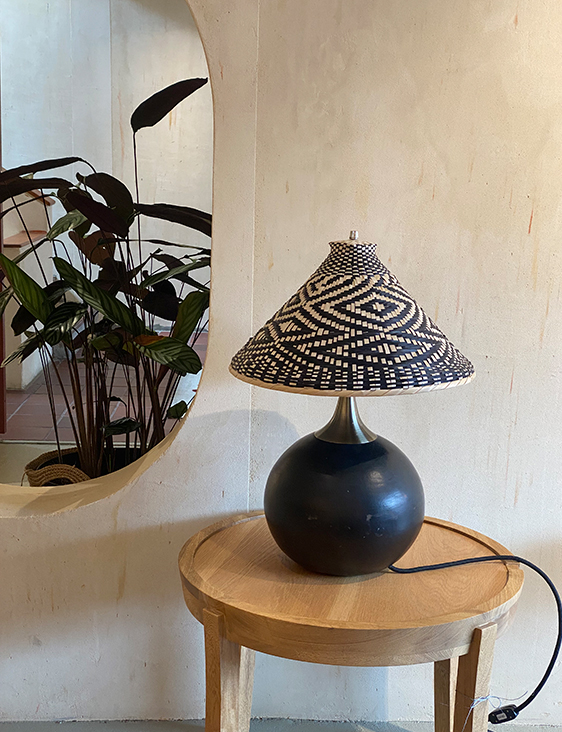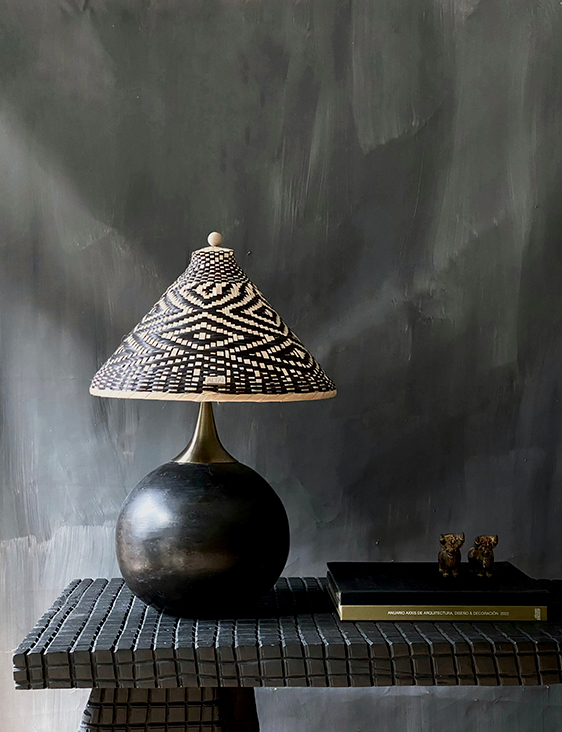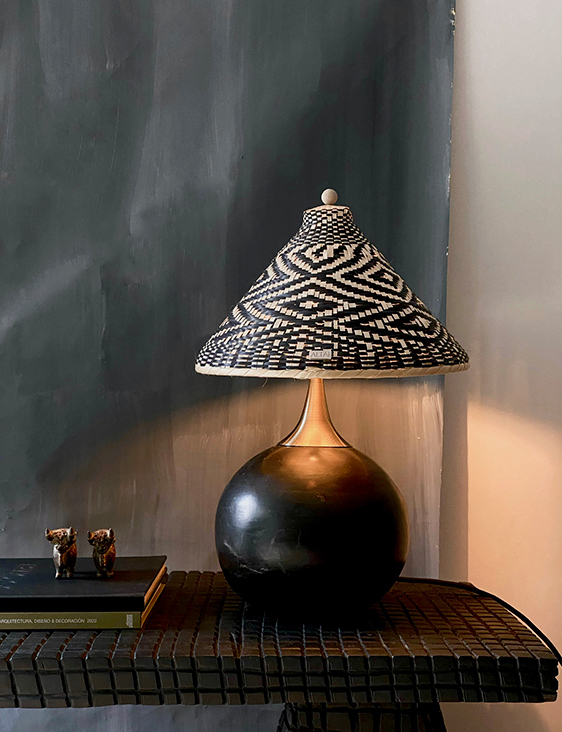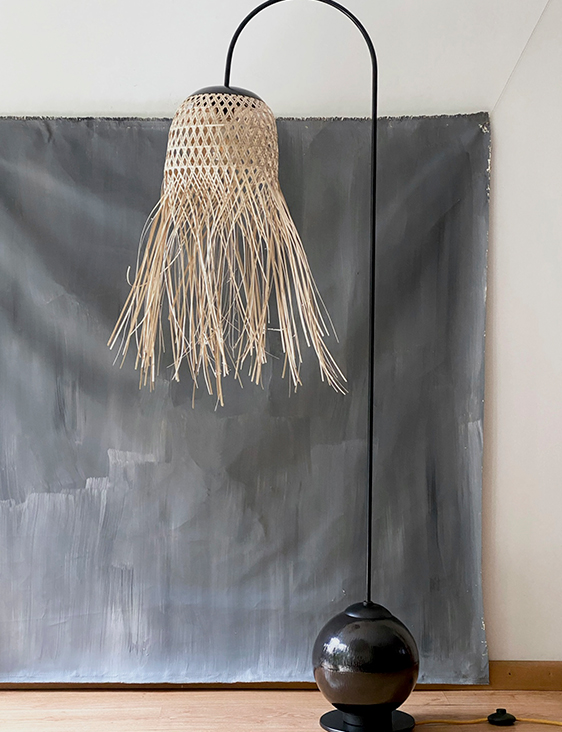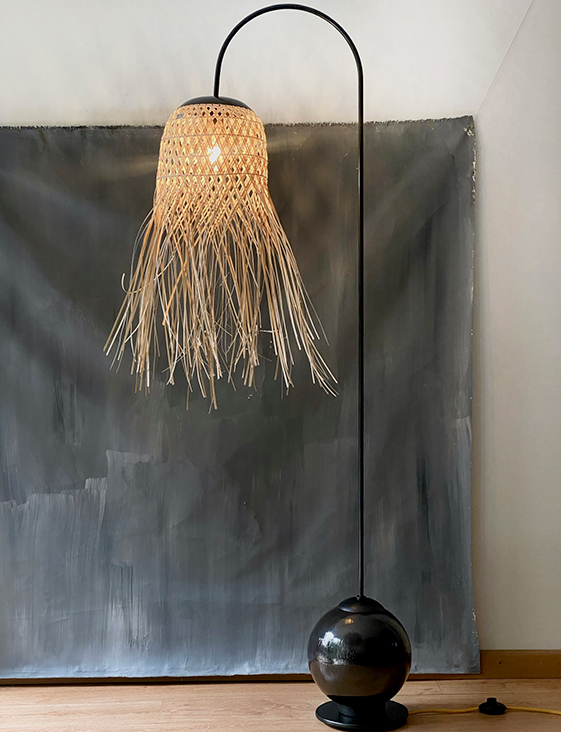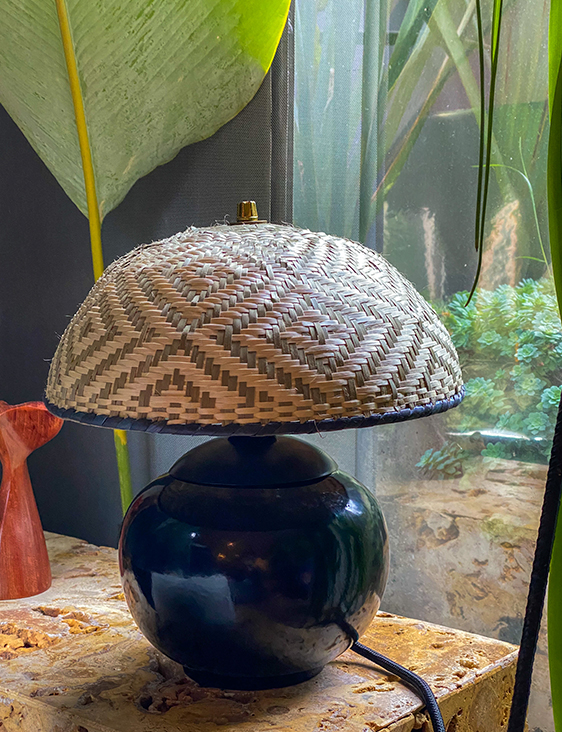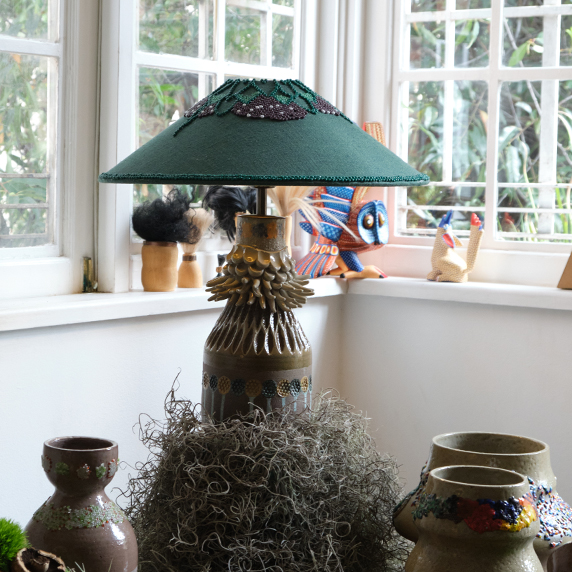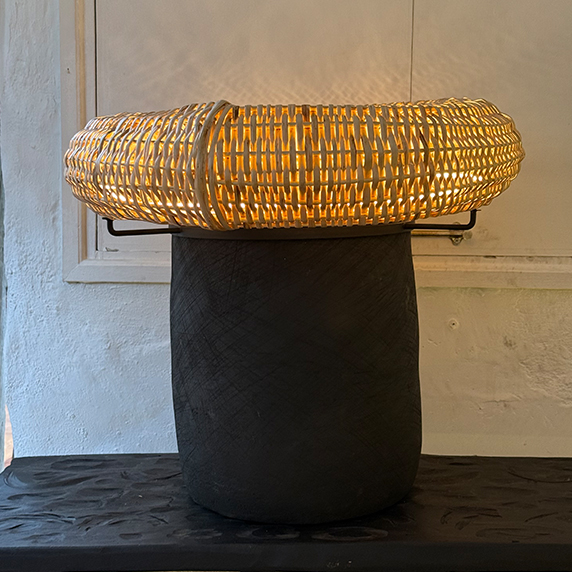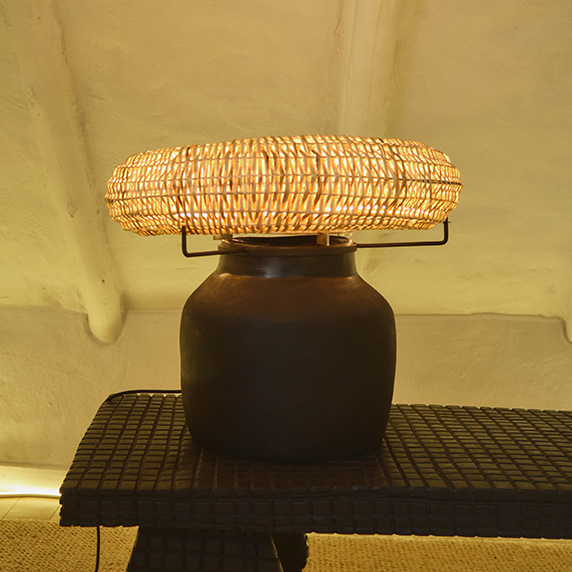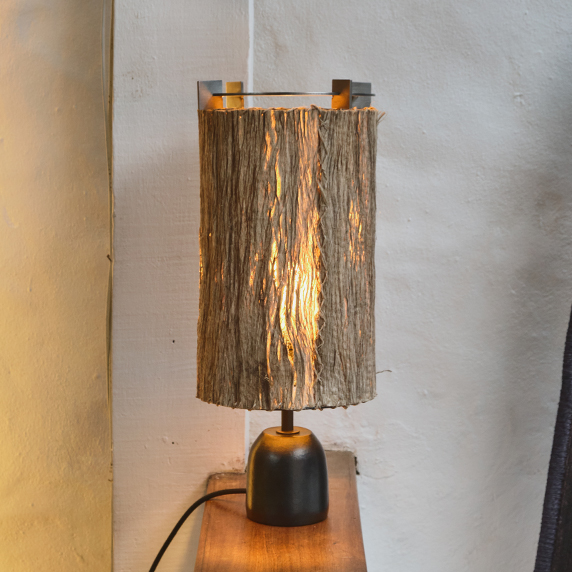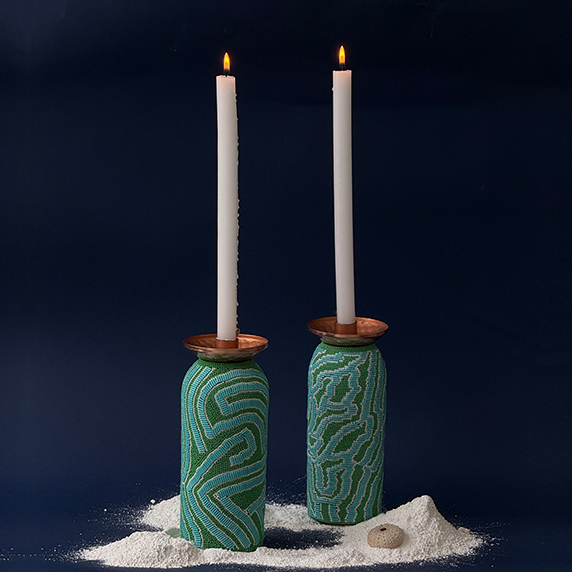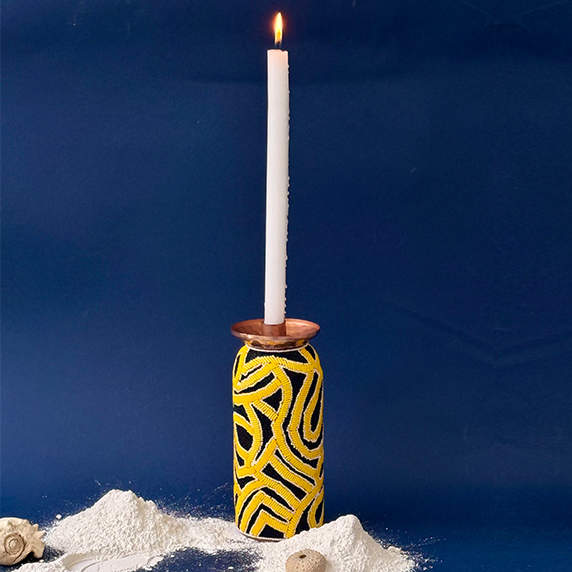Descripción del proyecto
MESA SALVAJE
Colección de objetos inspirada en la selva, donde la naturaleza encuentra su paso de manera incontrolable, y las raíces y hojas de los árboles invaden las construcciones, permaneciendo en el tiempo.
Inspirado en un viaje a Cambodia en donde las raíces se entrelazan con la piedra, busco mezclar dos materiales tradicionales de la artesanía colombiana: la chamba (simulando la piedra) y la paja tetera (simulando las raíces), pretendo conectar el mundo natural con el mundo urbano, así como, conectar culturas, así como lo hacían los artesanos cuando hacían truque entre ellos para enriquecer su día a día. La mezcla de estos dos materiales demuestran que en la unión hay belleza y fuerza.
Piezas tejidas por Artesanos Eperaara Siaapidara de la comunidad de Guangui en Timbiquí, cerámica realizada en el corregimiento de La Chamba, Tolima.
Todas las piezas son ensambladas y terminadas en el taller de Alta Estudio en Quinta Camacho.
Collection of objects inspired by the jungle, where nature finds its way in an uncontrollable way, and the roots and leaves of the trees invade the constructions, remaining in time.
Inspired by a trip to Cambodia where the roots are intertwined with the stone, I seek to mix two traditional materials of Colombian craftsmanship: chamba (simulating stone) and straw teapot (simulating roots), I intend to connect the natural world with the urban world, as well as connect cultures, as did the artisans when they made truque between them to enrich their day to day. The mixture of these two materials shows that in the union there is beauty and strength.
Pieces woven by Eperaara Siaapidara artisans from the community of Guangui in Timbiquí, ceramics made in the village of La Chamba, Tolima.
All pieces are assembled and finished in Alta Estudio’s workshop in Quinta Camacho.




